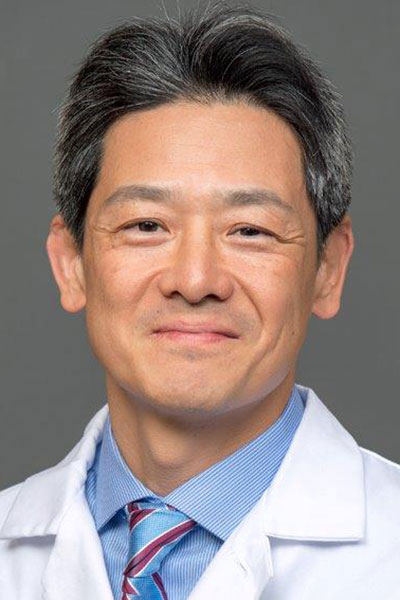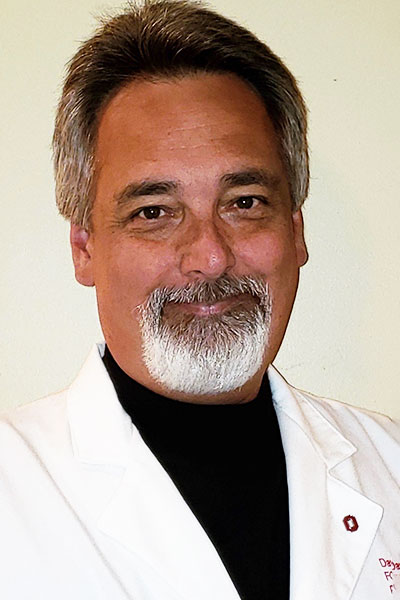
The conversations around lung transplantation are changing. Risk modifiers that once disqualified a donor lung are now the occasion for nuanced discussions of management options and the comparative risks of transplanting vs rejecting donor organs.
“There has been an evolution of what used to be called ‘high-risk donors’ to ‘donors with risk modifiers,’” said Hilary J. Goldberg, MD, MPH, interim chief of pulmonary and critical care medicine at Brigham and Women’s Hospital and assistant professor of pulmonary and critical care medicine at Harvard Medical School. “That generally means the donor has some risk of transmission of chronic disease, particularly infectious disease such as HIV, hepatitis C, or COVID. There has been so much media attention on these diseases that potential recipients may not understand the context of risk modifiers in the current era.”
Dr. Goldberg will discuss current approaches to potential lung donors with a history of hepatitis C during Evolving Landscape of Donation in Lung Transplantation on Tuesday, October 18, from 4:00 PM – 5:00 PM, in Room 208A. Anupam Kumar, MD, FCCP, assistant professor of pulmonology at Baylor College of Medicine, will chair the panel discussion.
Not long ago, lungs from donors with a history of infectious disease, edema, atelectasis, and other conditions were typically rejected. Improving management options are shifting the risk-benefit equation in organ transplantation.

“Declining an organ is not without risk,” Dr. Goldberg noted. “The risk of dying on the waiting list is not zero. Studies show the risk of death from declining a lung because of certain risk modifiers is higher than the risk of dying post-transplant from a complication.”
The risk-benefit shift has been particularly swift for lungs from donors who had COVID-19.
“In 2020, we had to temporarily pause our lung transplantation program because of the significantly increased number of COVID patients locally,” said Norihisa Shigemura, MD, PhD, FCCP, surgical director of lung transplantation and surgical director of lung failure at Temple University Health System. “Nobody wanted to touch donors with a history of COVID, and we reinforced our donor criteria by using a dual screening process with nasal swab polymerase chain reaction (PCR) testing and high-resolution CT for all lung offers to exclude donors with any exposure to or history of COVID and avoid transplant transmission of COVID-19 infection.”
By 2021, accepted donors included those with no history of COVID for the prior 6 months who tested negative during the admission process, said Dr. Shigemura, who is also a professor of cardiovascular surgery and thoracic medicine and surgery at Temple’s Lewis Katz School of Medicine.

“In 2022, we shortened that waiting period to 45 days. Based on CDC [Centers for Disease Control and Prevention]/DTAC [Disaster Technical Assistance Center] recommendations and our own experience with COVID-19-infected patients, we continue to refine the dual screening process, a negative PCR test from the lower respiratory tract plus a negative CT chest scan. As long as we understand the risks and the relevance of the dual screening, we should not be too nervous about prior COVID infection in donor lungs. We’ve continued to be actively transplanting 120 to 140 cases per year through the pandemic with no incidence of transplant transmission of COVID-19.”
Ex-vivo lung perfusion is also expanding the donor pool. Lungs are perfused and ventilated after donation, typically for 4 to 6 hours, before implantation. This additional step allows certain organ defects to be corrected.
“Lungs from donors with significant pulmonary edema can be corrected before implantation,” said David R. Nunley, MD, FCCP, professor of pulmonary, critical care, and sleep medicine and medical director of the lung transplant program at The Ohio State University Wexner Medical Center. “And lungs with some degree of atelectasis that just needed to be better ventilated can now be recruited. There has even been some work on giving antibiotics through the circuit to treat possible infections before implanting lungs in the recipient. We can now contemplate an additional pool of donors that we might not even have considered 10 years ago.”
Join us at CHEST 2025
Save the date for the next Annual Meeting, October 19 to 22, 2025, in Chicago. CHEST 2025 will explore the latest advancements in pulmonary, critical care, and sleep medicine, with a focus on innovation and the future, just as the city itself embodies progress and reinvention.





